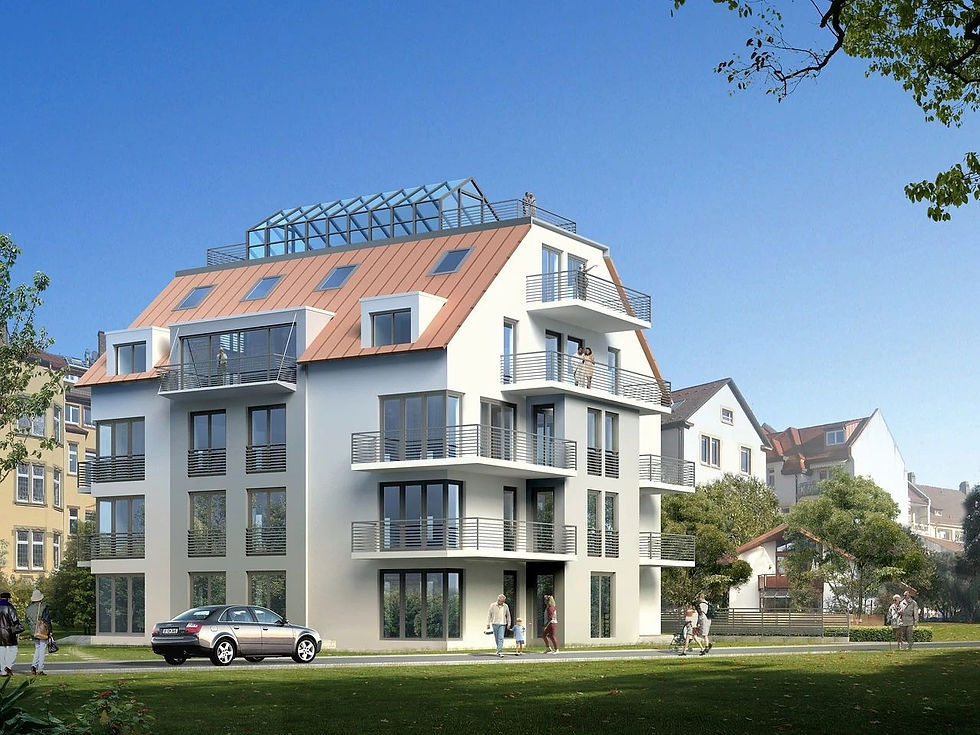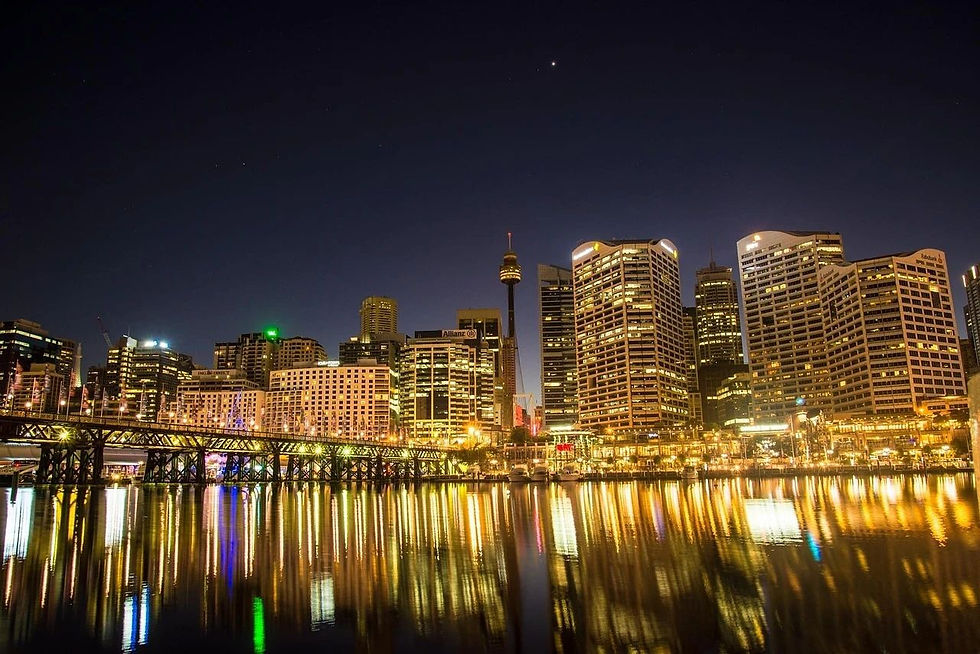Australia's Apartment Rollercoaster
- hello53493
- Aug 3
- 3 min read

If you’ve been watching Australia’s apartment market over the past half-decade, you’ve seen it all—plunging rents, skyrocketing prices, and a rental crisis that’s left tenants scrambling. Whether you’re an investor, a first-home buyer, or just trying to find an affordable place to live, the last five years have been anything but predictable. Here’s how things unfolded.

Apartment Prices: From Pandemic Bargains to Stubbornly High
The COVID Crash (2020-2021)
Remember when the world shut down in early 2020? For a brief moment, it looked like inner-city apartments might actually become affordable. With international students gone, Airbnb’s empty, and white-collar workers fleeing to the suburbs, demand for CBD units tanked. Prices followed.
In Melbourne, where lockdowns dragged on for months, apartment values in the CBD dropped by as much as 12%.
Sydney wasn’t hit as hard, but prime student areas like Haymarket and Ultimo saw declines of 5-10%.
Meanwhile, Brisbane and Perth held steady—no dramatic drops, but no growth either.
Then, something unexpected happened. By late 2020, the Reserve Bank slashed interest rates to a record-low 0.1%, and suddenly, first-home buyers who’d been priced out of houses turned to apartments. Government incentives like HomeBuilder added fuel to the fire, and prices started climbing again.
The 2022 Boom (And Why It Didn’t Last)
2022 was the year apartments had their moment. With house prices hitting absurd levels, more buyers settled for units—especially in cities like Brisbane and Adelaide, where affordability was still (relatively) within reach.
Sydney’s median apartment price topped $800,000.
Melbourne hit $600,000+, with some suburbs seeing double-digit growth.
Even Perth, long stuck in a post-mining slump, started moving again.
But just as things were heating up, the RBA pulled the brakes. Interest rates shot up—13 times in just 18 months—and by mid-2023, the party was over.
The Slowdown (2023-2025)
Higher mortgage costs scared off investors, and price growth stalled. But here’s the twist: apartments didn’t crash like some predicted. Why? Because while demand softened, supply was even weaker. Construction costs had skyrocketed, developers were going bust, and new projects kept getting delayed.
Sydney and Melbourne saw slight dips (3-5%), but nothing like the double-digit falls some feared.
Brisbane and Perth kept ticking up, thanks to interstate migration.
Adelaide and Hobart, the quiet achievers, kept grinding higher.
Now, in 2025, the market’s in a weird limbo—prices aren’t surging, but they’re not collapsing either. For anyone hoping for a bargain, the message is clear: don’t hold your breath.

Rentals: From Ghost Towns to "No Vacancy"
The Pandemic Rent Crash (2020-2021)
For a brief, glorious window, renters had the upper hand. With students gone and offices empty, landlords in the CBD were desperate.
In Melbourne, some inner-city rents dropped 20%. You could snag a one-bedder for $350 a week—unthinkable today.
Sydney saw discounts of 10-15%, especially in areas like Pyrmont and Chippendale.
But while city rents tanked, regional markets went nuts. Suddenly, everyone wanted a home office and a backyard—and coastal towns, once sleepy, became unaffordable overnight.

The Rebound (2022-2023)
Then, the borders reopened. International students flooded back. Migrant workers returned. But many landlords had sold their apartments during the slump, and suddenly, there weren’t enough places to live. Vacancy rates plunged below 1%, and rents exploded.
Sydney rents jumped 30% in two years. A one-bedder that cost $500 in 2021 now goes for $700+.
Melbourne’s CBD, once a renters’ paradise, is now more expensive than before COVID.
Brisbane, Perth, and Adelaide saw the most brutal hikes—some suburbs up 40% or more.
2024-2025: The Crisis Deepens
If you thought things would ease up by now, think again. Construction delays, high interest rates, and a flood of new migrants have kept the rental market tight as ever.
Perth is the new nightmare—rents have doubled in some areas since 2020.
Brisbane tenants are competing in 50-person inspections for basic units.
Even Hobart, once a cheap alternative, is now out of reach for many.
Landlords are making bank, but renters are stuck in bidding wars, sacrificing savings, or—increasingly—giving up and moving back in with parents.

What’s Next?
For Buyers:
Apartments are still the "affordable" entry point into the market, but don’t expect fire sales. With construction lagging and population growing, prices are likely to hold or creep up slowly.
For Renters:
The only real hope is a wave of new builds—but with developers struggling, relief could be years away. In the meantime, it’s survival mode: higher rents, tighter competition, and fewer rights.
The Big Picture
The past five years have proven one thing: Australia’s apartment market doesn’t do "stable." Whether it’s a pandemic, an interest rate spike, or a migration wave, something’s always shaking things up. For now, all we can do is buckle up and wait for the next twist.




Comments